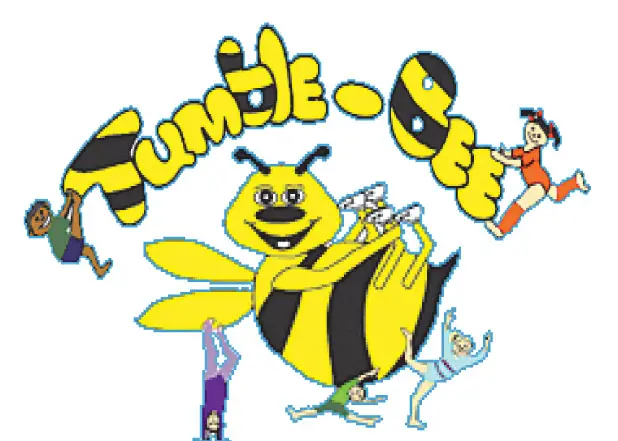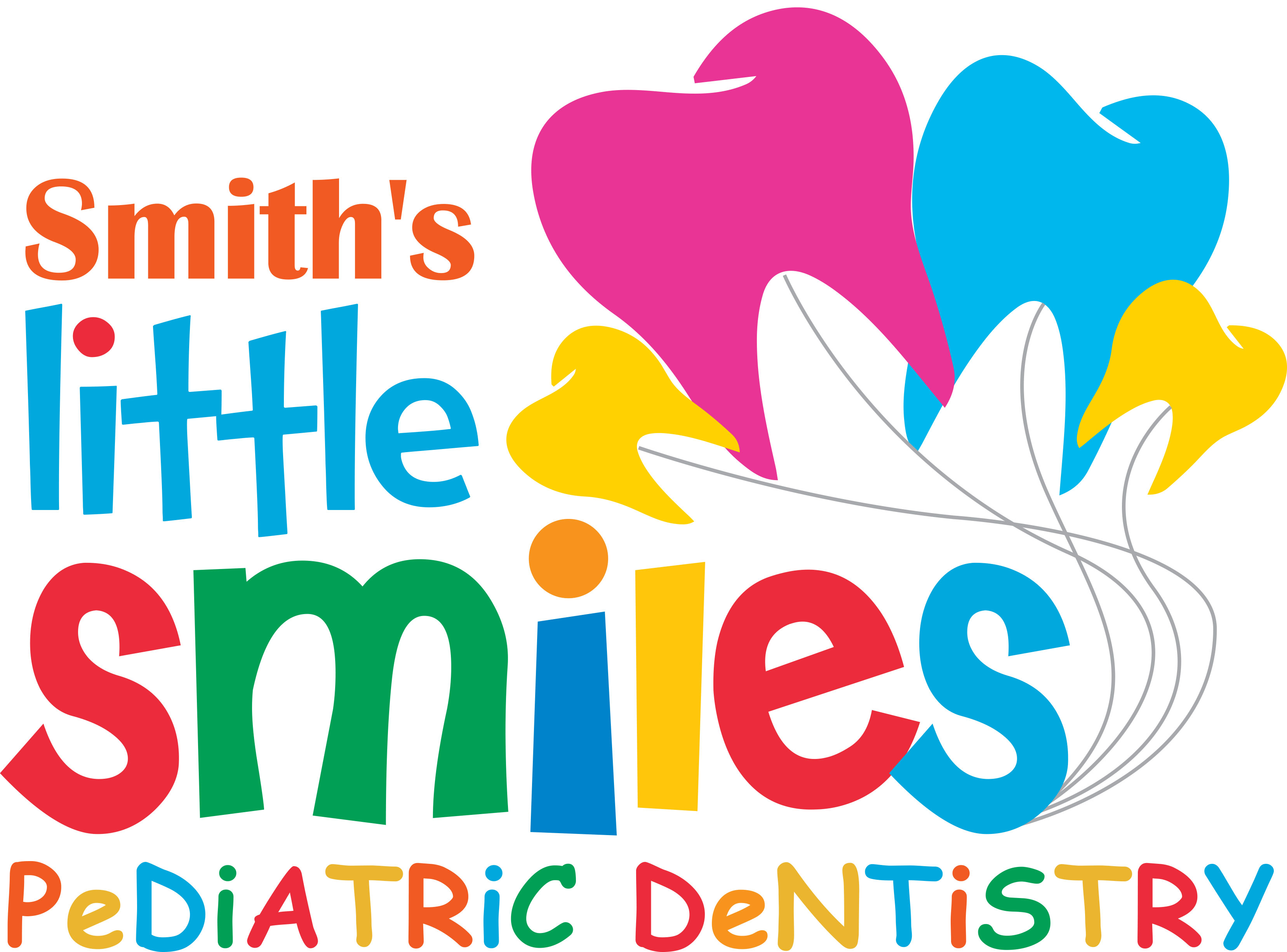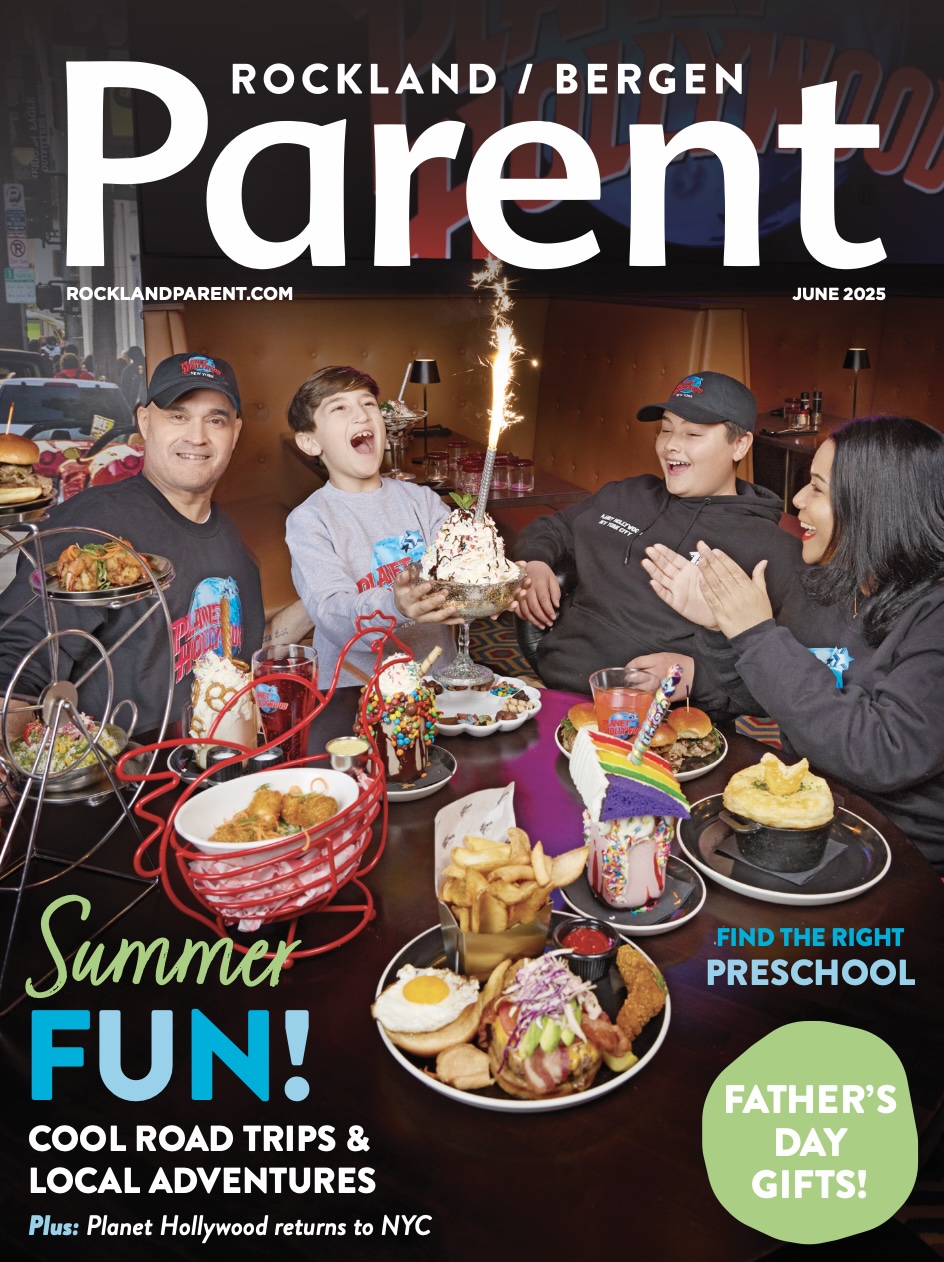Get the Best Family Activities
Instilling Empathy
Ordan's capacity as a school counselor includes working with pre-K through fifth graders on the topics of tolerance and diversity. "We use two curricula for the kindergarten through fifth grader s- a workbook and an interactive program," she says. "The kids discuss certain subjects as part of this, stereotyping being one. They learn that everyone has their strengths and challenges. It's inspiring to see the children self-monitor and encourage each other to be supportive of others."
She makes a point that addresses the department store scenario mentioned above: "If a child makes an off-putting comment in public concerning another person who looks or acts differently, it is a teachable moment for the parent," Ordan explains. "I would suggest for the parent to quietly pull the child aside and address the comment, depending on how the child directed it. For example, if the person the child commented about was handicapped or overweight, the parent can ask the child how he or she would feel being in the other person's shoes and the target of certain comments. It's about creating compassion and empathy for others in order for the child to be self-reflective." She adds, "If the other person hears the child's comment, in that case it might be in order for the parent to direct the child to own up to this mistake and apologize to the person."
Danielle Sullivan, a Brooklyn mom of three children ages 18, 13, and 7, believes that empathy is a key component to instill in this process. "A child who is being made fun of is probably suffering, and I would encourage my child to reach out in some way - maybe by offering to play together or sit together at lunch. It is our duty as parents to teach our kids to be good to one another, and we must model that for our kids as well. Like Gandhi said, we have to be the change we want to see."
Another mom of three, Bernadette Montalvo of Long Island, offers her take on the subject. Teaching tolerance is a high priority in her family, which includes kids ages 1, 5, and 9. "Today's children are our future, and we need to direct them to be great leaders. To do this, they need to learn to work with one another." Montalvo offers some insight, as well, based on her own personal experience: "My husband is Hispanic, and so my kids need to learn first-hand tolerance of others. Even though they are being raised American, they have relatives who speak Spanish. At first, this was odd to them, but I explained that not everyone is like them. People speak other languages, are different colors, sizes, shapes, etc. I believe that if you don't make an issue out of one's differences, kids won't either."
Of course, teaching tolerance does not mean teaching children to tolerate aberrant behavior such as bullying or maliciousness. Those actions are not in keeping with the true spirit of tolerance, which is acceptance of people who are different and treating them with kindness. It is important to remember that just as intolerance is learned, so is tolerance. To again quote Gandhi, "We have to be the change we want to see" to help that along for the next generation.
Also see: Books that Teach Children About Diversity and Tolerance
How to Raise a Generous and Appreciative Child





